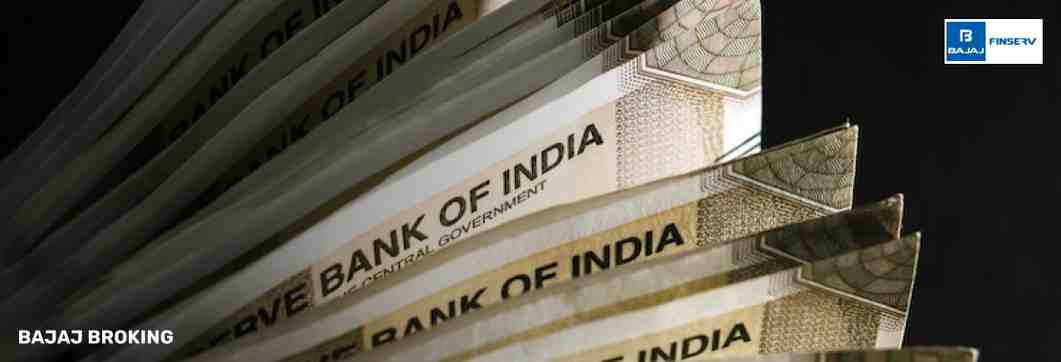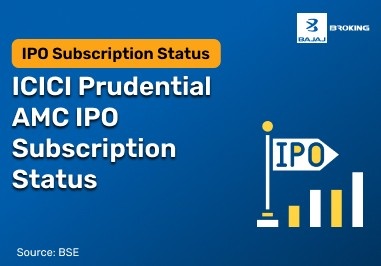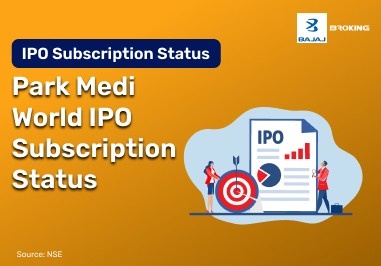A fixed deposit (FD) is utilized by individuals in India as a savings measure. They are designed to hold the original amount of money that has been deposited and earn interest depending on the rate of interest provided by the bank. Such returns are normally fixed at the time when the Fixed Deposit is created. In 2025, bank fixed deposit interest rates have been adjusted to match current economic considerations and monetary policy actions of the Reserve Bank of India (RBI). These adjustments are based on inflationary trends, liquidity levels, and other macroeconomic parameters tracked by the central banking institution.
Understanding Fixed Deposits: An Overview
A fixed deposit is a financial instrument provided by banks and other financial institutions where a particular amount of money is deposited for a specified duration at a fixed interest rate. After the money is deposited, it is with the organization throughout the duration. The amount is usually given back at the time of maturity, along with the due interest.
Key features of an FD include:
Capital Safety
The deposited sum is held throughout the duration unless withdrawn earlier. Premature withdrawal can incur a penalty or alteration in the rate of interest.
Interest Options
Two types of interest payout options are usually available:
– Cumulative: Interest is compounded and paid at the end of the tenure.
– Non-Cumulative: Interest is paid at regular intervals, such as monthly, quarterly, or annually.
Tenure Flexibility
The duration of a fixed deposit varies from 7 days to 10 years. The time period can be chosen according to the financial needs.
Loan Facility
Certain banks permit customers to take loans against their FDs. The deposit is held as security for the loaned amount, which is usually a fraction of the deposit value.
The interest applicable to a fixed deposit is determined by the institution based on the prevailing bank fixed deposit interest rates and remains constant for the duration of the deposit.
How Does Monthly Interest Work?
Interest payments are offered monthly in non-cumulative FDs. Here, the interest earned is paid out monthly instead of being reinvested. The rate for such payments is usually slightly lower than that of cumulative FDs because there is no compounding.
For example, you invest 60 lakh in an FD monthly. Here’s the breakdown of it:
Investment Amount: ₹60,00,000
Annual bank fixed deposit interest rate: 7.25%
Monthly Interest = (₹60,00,000 × 7.25%) ÷ 12 = ₹36,250
This is a consistent cash flow, which is a good option for those requiring regular income. The calculation of interest on a 60 lakh fixed deposit per month provides a practical representation of monthly income from this investment.
Factors Affecting FD Interest Rates
FDs are commonly used savings instruments where the interest rate is influenced by several macroeconomic and institutional factors. These rates are not fixed across all periods or providers and often change based on broader financial conditions.
Here are five key factors affecting fixed deposit interest monthly or yearly:
Monetary Policy and Repo Rate
Central banks, including the RBI, use policy tools like the repo rate to control inflation and liquidity. Adjustments in the repo rate impact borrowing costs for banks, which have a ripple effect on interest rates being offered to depositors.
Inflation Trends
Inflation impacts the real return on fixed deposits. Financial institutions can adjust the interest rate when inflation is greater in order to keep the real value of returns unchanged. Less inflation could lead to smaller interest rate changes.
Bank Liquidity Position
Surplus funds with banks contribute to the determination of fixed deposit interest monthly or yearly. If a bank is well-litigated, it can reduce its deposit rates. Conversely, low liquidity can lead to a bank increasing rates to encourage more deposits.
Tenure of the Deposit
The tenure or period for which an FD is taken determines the interest rate. Generally, longer tenors may have varying interest rates than shorter ones, based on interest rate expectations and bank policies.
Credit Demand in the Economy
When loan demand is high, banks need additional funds to extend credit. In order to mobilize extra deposits, they can raise FD interest rates. On the other hand, low demand for loans may lead to a cut in deposit rates.
How to Calculate Monthly Interest on Fixed Deposits
To calculate the monthly interest on FDs, the following steps can be followed. These steps are based on a simple understanding of interest calculations for fixed deposits, where the interest rate is provided on an annual basis.
Step 1: Understand the Components
Before beginning the calculation, ensure you have the following information:
Principal Amount (P): The amount you have invested in the fixed deposit.
Annual Interest Rate (R): The rate at which the FD earns interest annually.
Time (T): The duration for which the FD is invested, usually in years.
Compounding Frequency: Fixed Deposits can either compound quarterly, annually, or monthly. For monthly interest, it is important to know if monthly compounding is applicable, or if the interest is simply calculated on an annual rate.
Step 2: Formula for Monthly Interest Calculation
To calculate monthly interest, the formula used is:
Monthly Interest = (Principal × Annual Interest Rate) ÷ 12
Where:
For instance:
₹60,00,000 × 7.25% = ₹4,35,000 annually
Monthly Interest = ₹4,35,000 ÷ 12 = ₹36,250
Step 3: Consideration of Taxes
Note that the interest accrued on fixed deposits is taxable, based on your tax slab. Taxes can actually lower the interest that you earn. The taxability would depend on the country and can be subject to the relevant tax regulations.
Step 4: Verify With Your Bank or Financial Institution
Various banks or financial institutions might provide different ways of calculating interest on fixed deposits. The calculation could be done on the basis of simple interest in some instances, or it could be compounded on a monthly basis in others. Always check the terms of your FD to know how your bank or financial institution calculates interest.
You can also use a monthly interest calculator in India to verify these computations. These tools are designed to give accurate results based on real-time rate inputs.
Fixed Deposit Calculators: Tools for Accurate Planning
A fixed deposit calculator can estimate the return from investing in a fixed deposit for a given period of time. Fixed deposits are a widely used investment vehicle that provides a fixed rate of interest along with returns. For those who are interested in viewing how much a fixed deposit can grow, fixed deposit calculators are a must-have for planning.
The principal purpose of a fixed deposit calculator is to calculate the maturity amount of an investment based on parameters such as amount invested, interest rate, and investment duration. These calculators apply mathematical formulae to estimate the exact figure of total return, consisting of principal and interest, that an investor will receive at the end of the term.
Once these details are input, an FD calculator will give the maturity value. This is the principal interest that is added over the period. The outcome may be utilized to determine if the investment is suitable according to the personal financial objectives of the investor.
Along with the maturity value, calculators also display the interest accrued over various durations, providing investors with an understanding of how their investment has increased.
Monthly vs. Yearly Interest Payouts: Which is Better?
Both monthly and yearly interest payouts serve different financial goals:
Monthly Interest Payouts: Provide regular income. Suitable for retirees or those dependent on periodic income. As calculated, the 60 lakh fixed deposit interest per month can be ₹36,250 at a 7.25% annual rate.
Yearly (Cumulative) Payouts: Interest is compounded and paid at maturity, offering slightly higher returns due to compounding effects.
The choice depends on cash flow needs and long-term planning. Comparing using a fixed deposit calculator can help decide which one suits the requirement better.
Conclusion
In 2025, bank fixed deposit interest rates are a barometer of economic conditions and changes in monetary policy. Fixed Deposits are typically employed by investors who want regular returns, giving them some predictability in their financial planning. The returns on such deposits depend on current market trends and central bank policies. For those who want to estimate possible earnings, a tool such as an FD Calculator or a monthly interest calculator India can be used to analyze the results of different deposit sizes over different time periods. These calculators can enable investors to match their financial decisions with their liquidity and interest requirements.














